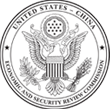Filter Results
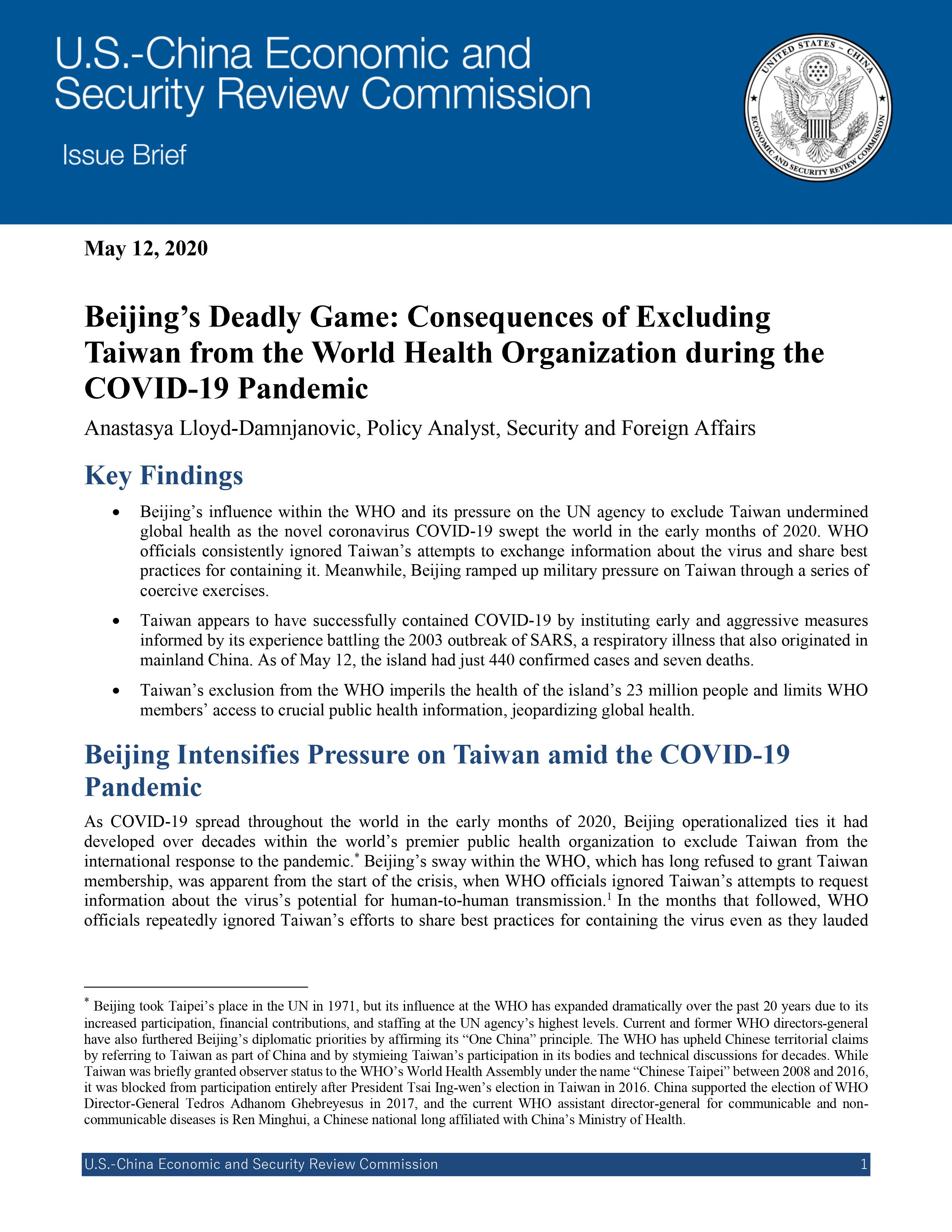
This report includes the following key findings:
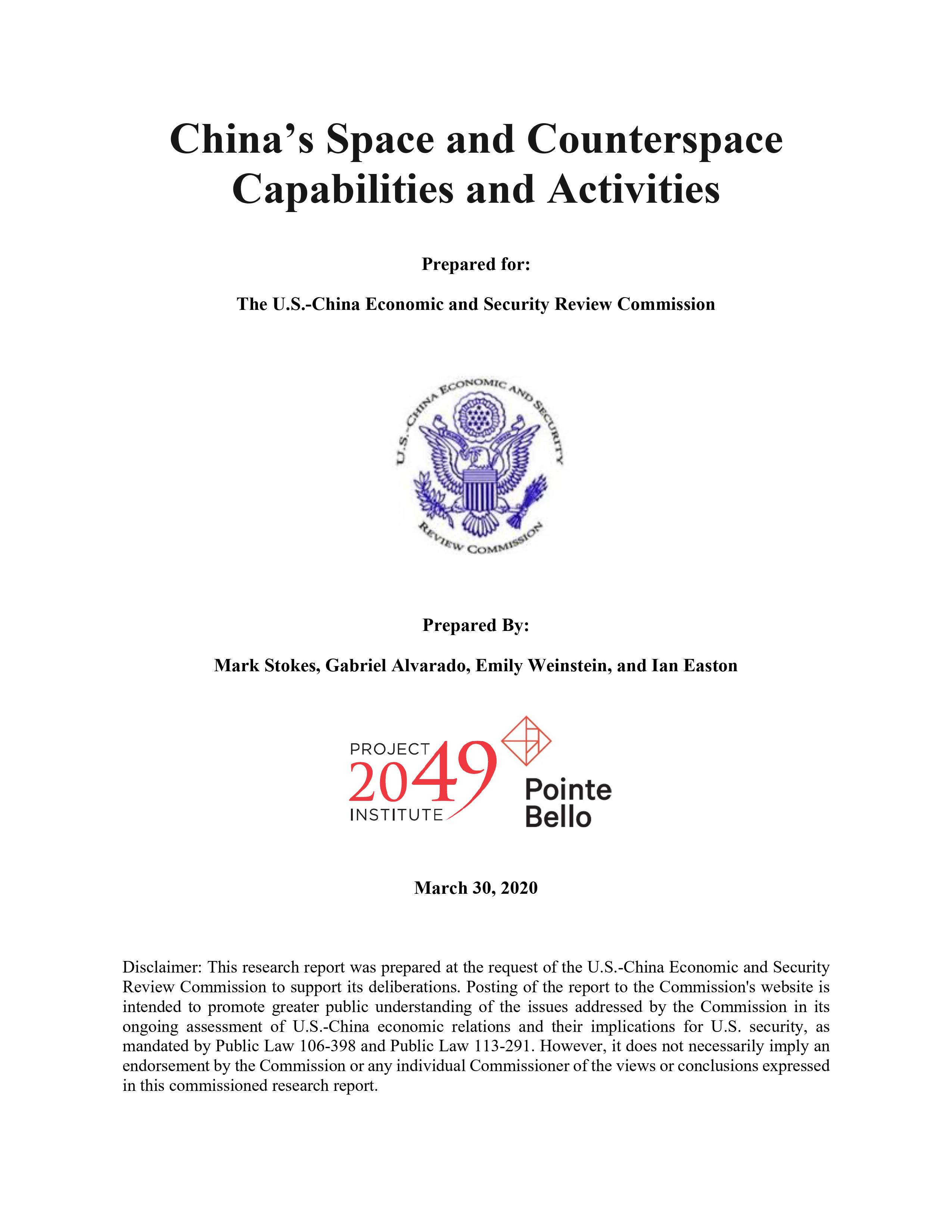
The following report, "China’s Space and Counterspace Capabilities and Activities," examines China’s military and civil space programs, including the role of military-civil fusion (MCF) and international cooperation in the development of its space program.

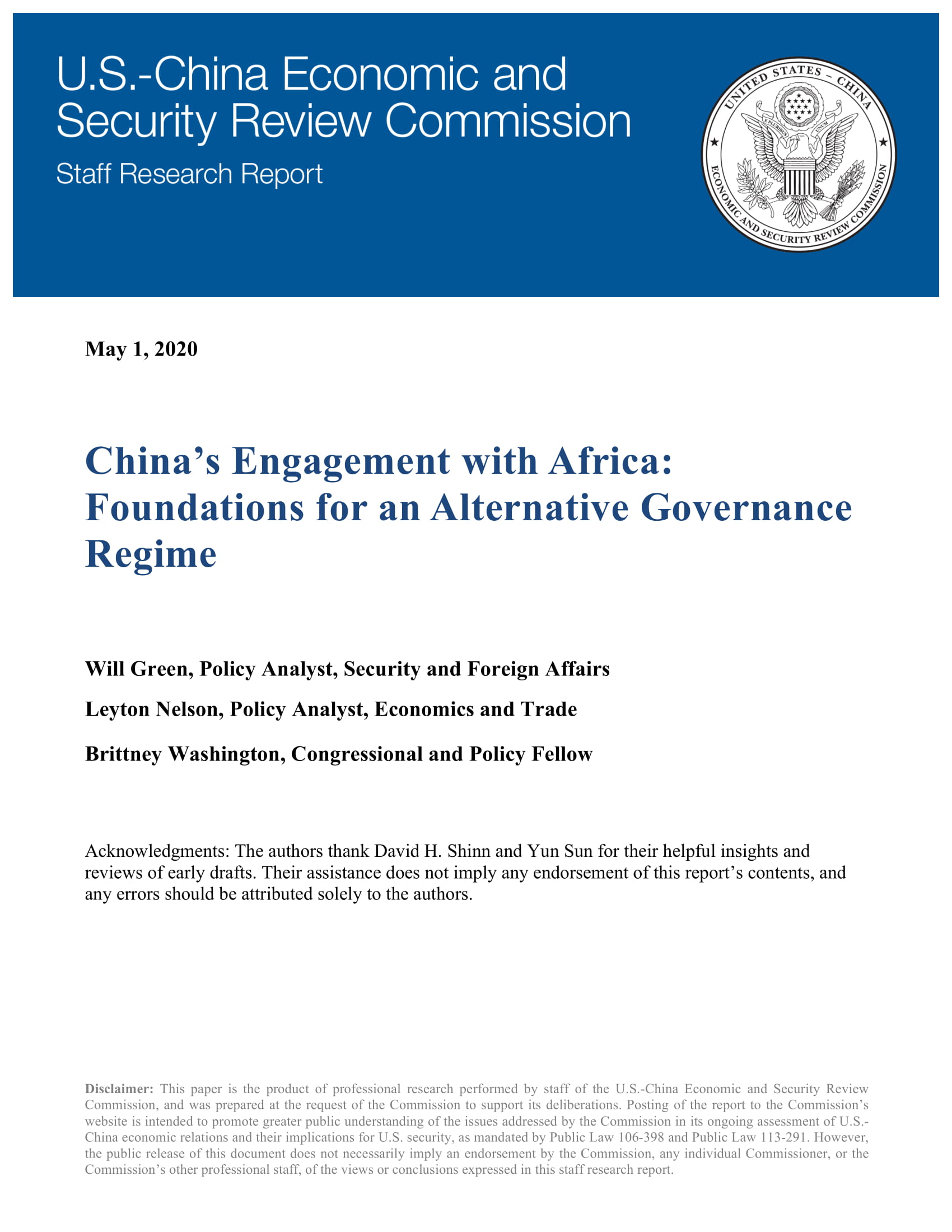
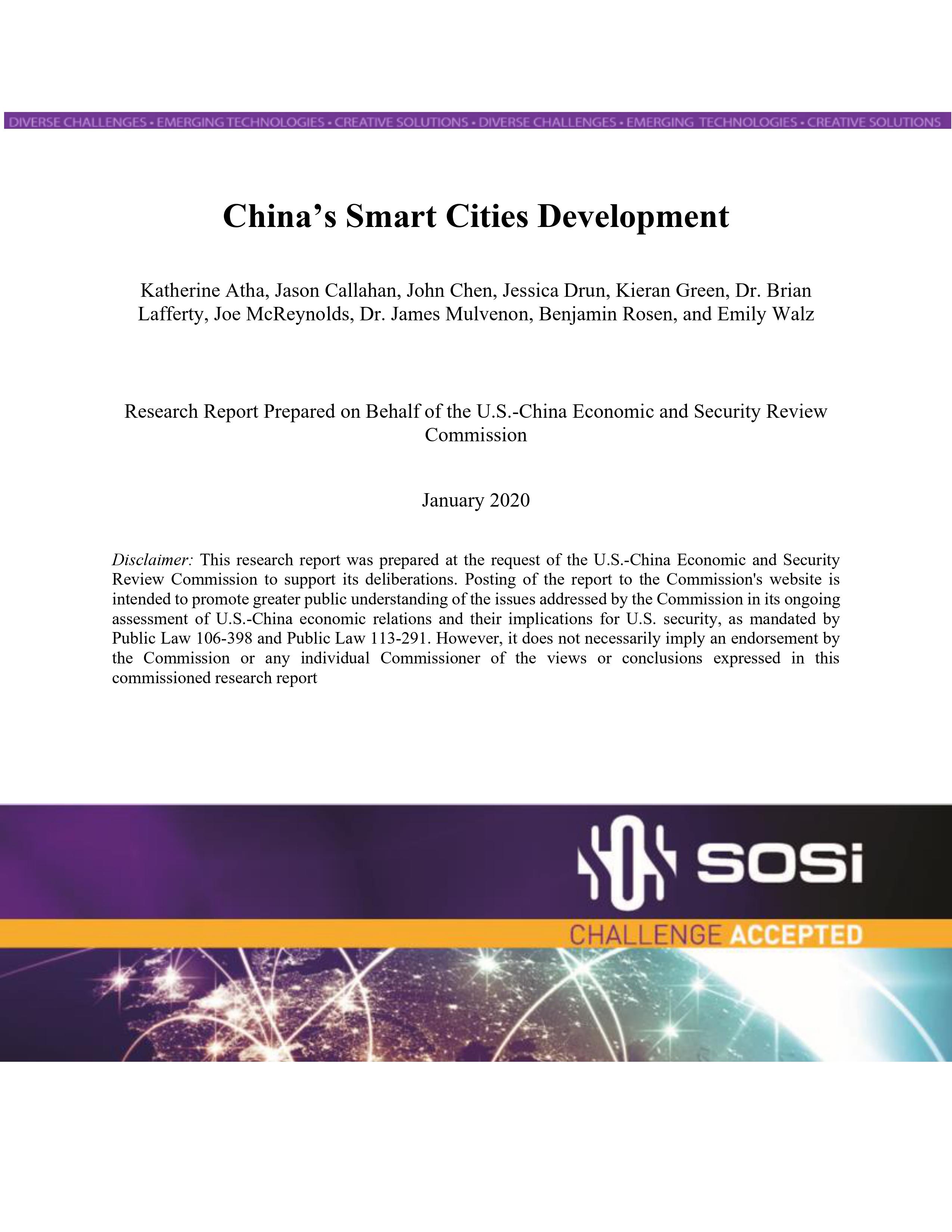
China has become a leader in developing and exporting its smart cities technologies like networked cameras, sensors, and location services—and the rest of the Internet of Things—to collect a wide variety of data in order to control things like traffic, energy usage, and crime, and to augment
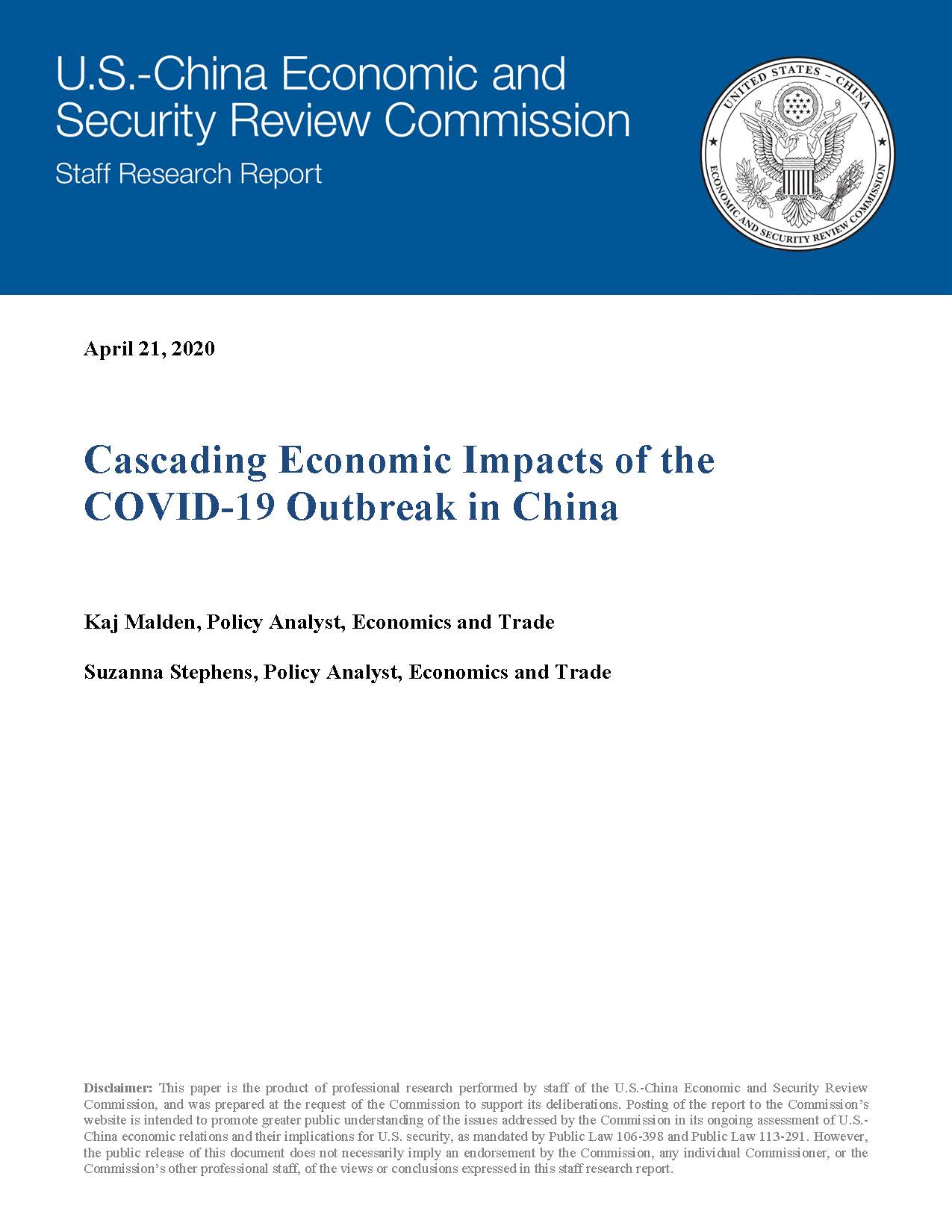
The U.S.-China Economic and Security Review Commission released a staff research report entitled, Cascading Economic Impacts of the COVID-19 Outbreak in China.
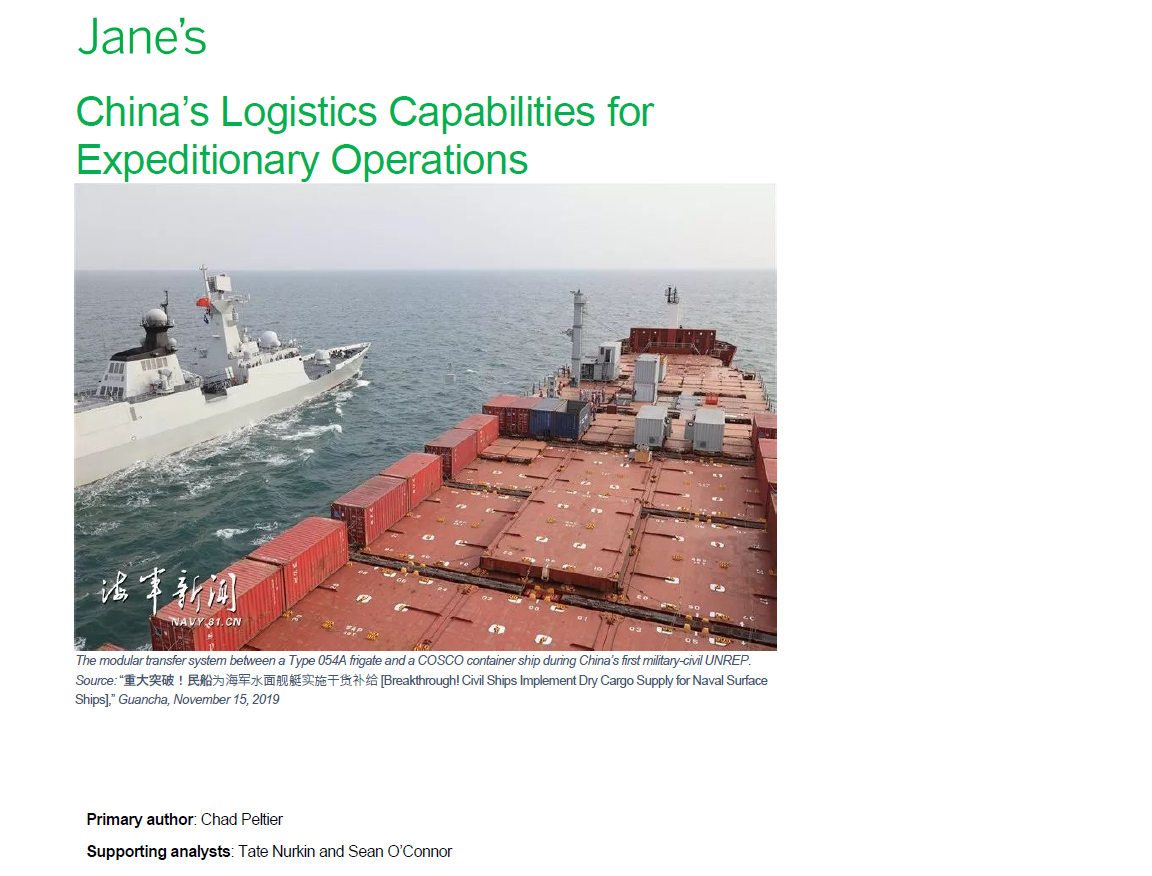
The U.S.-China Economic and Security Review Commission released a report entitled China's Logistics Capabilities for Expeditionary Operations, prepared for the Commission by Jane's.



